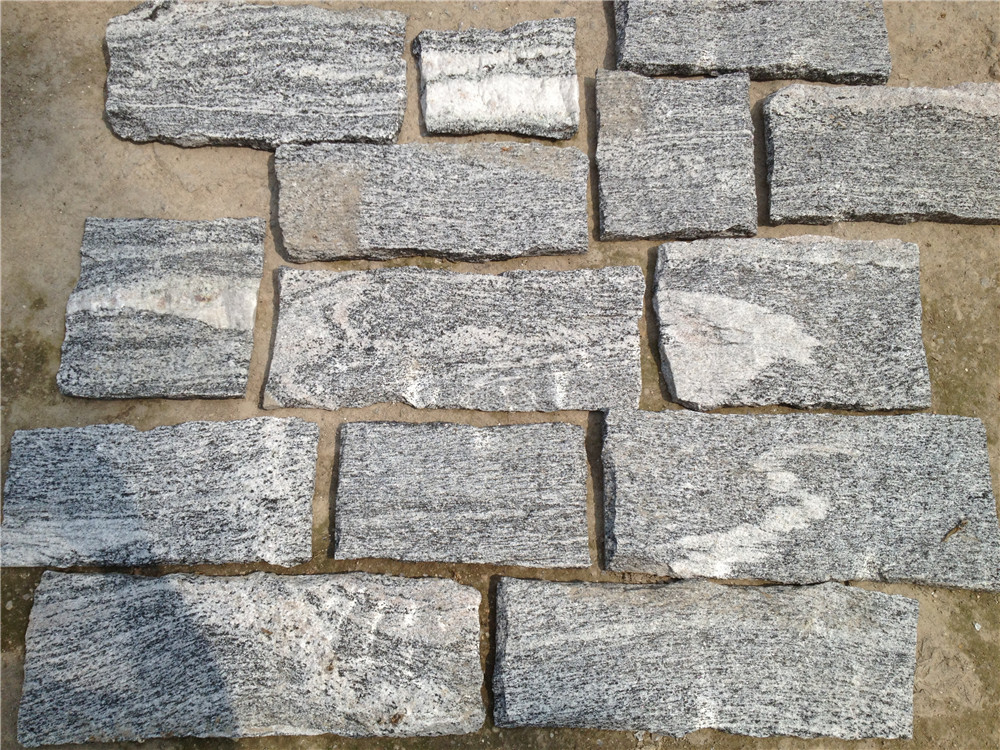Introduction
Mexican cultured stone, also known as manufactured stone or artificial stone, is a popular building material that has been used for centuries in Mexico and around the world. This versatile material is made by blending natural aggregates with cement, pigments, and other additives to create a wide variety of shapes, colors, and textures that mimic the look of natural stone. In this article, we will explore the history, production process, applications, and benefits of Mexican cultured stone.
History of Mexican Cultured Stone

The use of stone in architecture and construction dates back to ancient civilizations, where natural stone was used to build impressive structures such as pyramids, temples, and palaces. As civilizations evolved, the demand for stone as a building material grew, leading to the development of techniques to replicate the look of natural stone.
In https://www.fs-slate.com/fs-013/ , the tradition of working with stone dates back to pre-Columbian times, where indigenous cultures such as the Aztecs and Mayans used stone in their architecture and sculpture. The Spanish conquest of Mexico in the 16th century introduced new building techniques and materials, including the use of stone for construction.
The modern production of Mexican cultured stone can be traced back to the mid-20th century when advancements in technology allowed for the mass production of artificial stone. Today, Mexican cultured stone is widely used in residential and commercial construction projects, both in Mexico and abroad.
Production Process of Mexican Cultured Stone
The production process of Mexican cultured stone involves several steps, starting with the selection of natural aggregates such as limestone, marble, or granite. These aggregates are crushed into small pieces and mixed with cement, water, and pigments to create a slurry.
The slurry is then poured into molds that are designed to replicate the shape and texture of natural stone. The molds are vibrated to remove air bubbles and ensure a uniform distribution of materials. After the slurry has set and cured, the molds are removed, and the manufactured stone units are trimmed, sanded, and finished to achieve the desired look.
Mexican cultured stone can be produced in a wide range of colors and textures, allowing for endless design possibilities. Some manufacturers also offer custom coloring and finishing options to meet specific project requirements.
Applications of Mexican Cultured Stone
Mexican cultured stone is a versatile building material that can be used in a variety of applications, both indoors and outdoors. Some common uses of Mexican cultured stone include:
1. Exterior Cladding: Mexican cultured stone is often used as a decorative cladding material for exterior walls, giving buildings a natural stone look without the cost and weight of traditional stone. The material is weather-resistant and requires minimal maintenance, making it an ideal choice for facades.
2. Interior Accent Walls: Mexican cultured stone can be used to create stunning accent walls in interior spaces such as living rooms, dining rooms, and bedrooms. The material adds warmth and texture to the room, creating a focal point that enhances the overall design.
3. Fireplaces and Chimneys: Mexican cultured stone is a popular choice for fireplace surrounds and chimney exteriors, providing a rustic and cozy look that complements both traditional and modern interiors. The material is heat-resistant and can withstand the high temperatures generated by fireplaces.
4. Landscaping Features: Mexican cultured stone can be used to create beautiful landscaping features such as retaining walls, garden borders, and water features. The material blends seamlessly with natural surroundings and adds a touch of elegance to outdoor spaces.
Benefits of Mexican Cultured Stone
There are several benefits to using Mexican cultured stone in construction and design projects. Some of the key advantages of this material include:
1. Cost-Effective: Mexican cultured stone is a more affordable alternative to natural stone, making it accessible to a wider range of homeowners and builders. The production process is efficient, allowing for cost savings that are passed on to the consumer.
2. Lightweight: Mexican cultured stone is much lighter than natural stone, making it easier to transport, handle, and install. This lightweight characteristic also reduces the structural load on buildings, making it suitable for both new construction and renovation projects.
3. Versatile Design Options: Mexican cultured stone is available in a wide range of colors, textures, and shapes, allowing for endless design possibilities. Whether you prefer a rustic, traditional look or a modern, sleek aesthetic, there is a cultured stone option to suit your style.
4. Low Maintenance: Mexican cultured stone is durable and resistant to weathering, fading, and staining, requiring minimal maintenance over time. Unlike natural stone, cultured stone does not require sealing or special cleaning products, making it a low-maintenance choice for homeowners.
5. Environmental Sustainability: The production of Mexican cultured stone consumes fewer natural resources compared to quarrying natural stone. By using recycled materials and minimizing waste during the manufacturing process, cultured stone manufacturers contribute to environmental sustainability.
Conclusion
Mexican cultured stone is a versatile and cost-effective building material that offers a wide range of design options for residential and commercial projects. With its natural look, durability, and low maintenance requirements, cultured stone is a popular choice among architects, builders, and homeowners seeking to enhance the aesthetic appeal of their spaces.
Whether used for exterior cladding, interior accent walls, fireplaces, or landscaping features, Mexican cultured stone adds a touch of elegance and warmth to any environment. As technology continues to advance, the production process of cultured stone will only improve, leading to even more innovative and sustainable options for construction and design.
In conclusion, Mexican cultured stone is a timeless and enduring material that will continue to be a staple in the world of architecture and construction for years to come. Its beauty, versatility, and sustainability make it a top choice for those looking to create stunning and durable spaces that stand the test of time.
